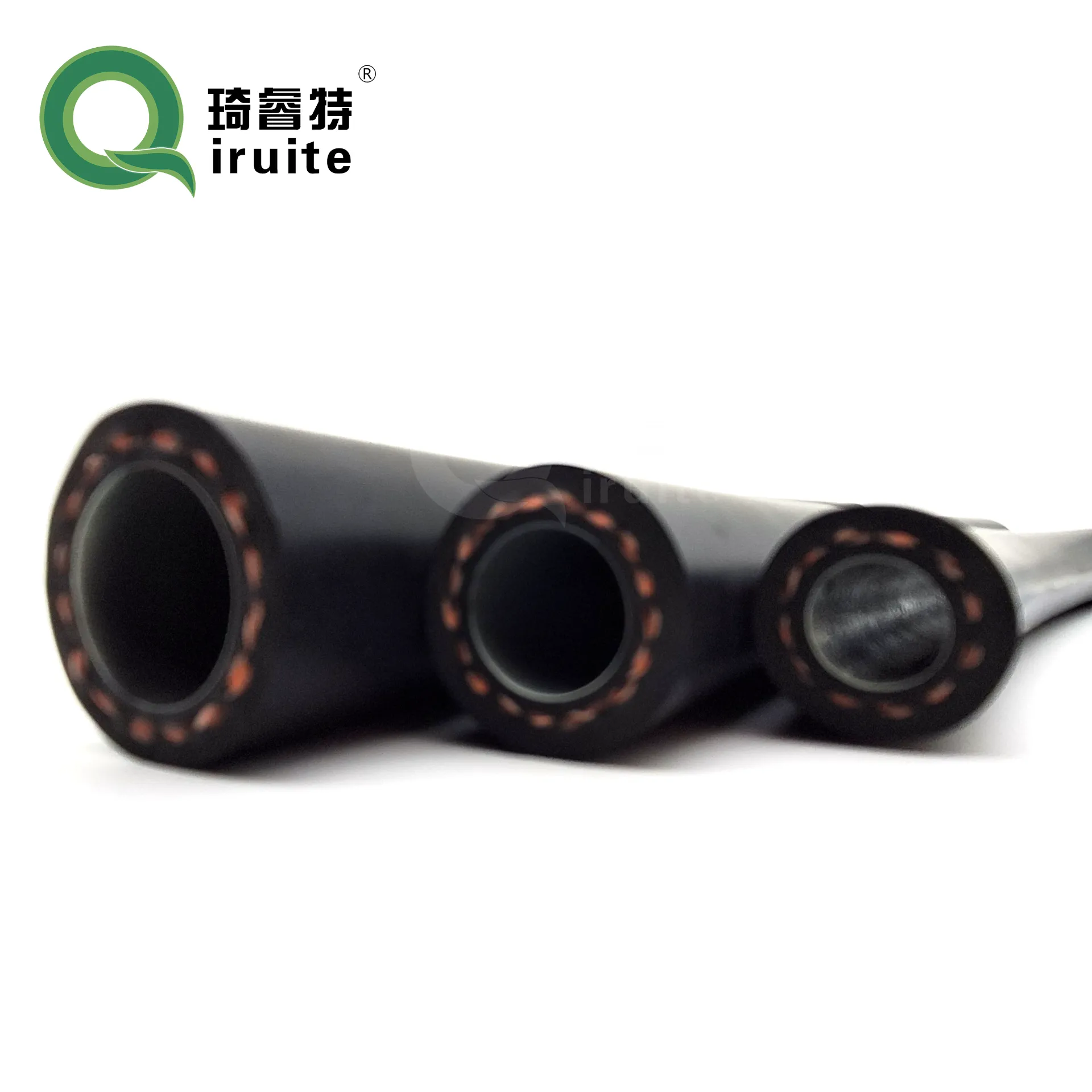aircon pipe
Understanding the Importance of Aircon Pipes
Air conditioning systems are essential components in modern buildings, providing comfort and enhancing the quality of indoor environments. One of the most critical aspects of these systems is the air conditioning pipes, which play a vital role in the overall functionality of air conditioning units. Understanding the types, features, and maintenance of aircon pipes can help homeowners and building managers ensure efficient cooling and extend the lifespan of their air conditioning systems.
Air conditioning pipes are primarily responsible for transporting refrigerant between the indoor and outdoor units of an air conditioning system. Refrigerant is the fluid that absorbs heat from the indoor air and releases it outside, thus cooling the inside space. Typically, there are two types of pipes involved in this process the suction line and the liquid line. The suction line carries low-pressure gas from the evaporator (the indoor unit) back to the compressor (the outdoor unit), while the liquid line transports high-pressure liquid refrigerant from the condenser (the outdoor unit) to the evaporator.
The materials used for air conditioning pipes can vary, but copper and aluminum are the most common. Copper pipes are favored for their excellent thermal conductivity, which allows for efficient heat exchange. They are also durable and resistant to corrosion, making them a reliable choice for long-term use. On the other hand, aluminum pipes are lighter and more cost-effective, though they may not provide the same level of durability as copper.
aircon pipe

Proper installation of aircon pipes is crucial for the efficient operation of an air conditioning system. Incorrect installation can lead to refrigerant leaks, which not only compromise cooling efficiency but also pose environmental hazards. Additionally, poor insulation of the pipes can result in energy loss, leading to higher utility bills. Therefore, it is essential to have professional HVAC technicians handle the installation and maintenance of air conditioning pipes.
Maintenance is another key factor in ensuring the longevity and efficiency of air conditioning pipes. Regular inspections can help identify potential issues, such as leaks or corrosion. Homeowners and building managers should also ensure that the pipes are properly insulated to prevent condensation and heat loss. Keeping the area around the outdoor unit clean and free from debris can also prevent blockage and maintain optimal airflow.
In conclusion, the air conditioning pipes are integral to the effective operation of HVAC systems. Understanding their function, installation, and maintenance is essential for homeowners and building managers alike. By appropriately caring for these pipes, one can enhance energy efficiency, improve the indoor climate, and prolong the life of the air conditioning system. As the demand for efficient cooling solutions continues to rise, paying attention to every component of the air conditioning system, including its pipes, becomes increasingly important.
-
Ultimate Spiral Protection for Hoses & CablesNewsJun.26,2025
-
The Ultimate Quick-Connect Solutions for Every NeedNewsJun.26,2025
-
SAE J1401 Brake Hose: Reliable Choice for Safe BrakingNewsJun.26,2025
-
Reliable J2064 A/C Hoses for Real-World Cooling NeedsNewsJun.26,2025
-
Heavy-Duty Sewer Jetting Hoses Built to LastNewsJun.26,2025
-
Fix Power Steering Tube Leaks Fast – Durable & Affordable SolutionNewsJun.26,2025

